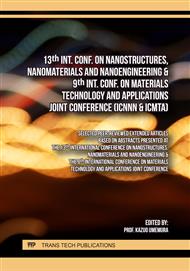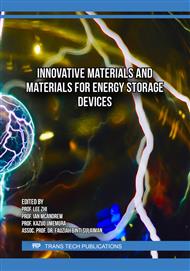p.37
p.51
p.63
p.73
p.87
p.97
p.103
p.109
p.115
High-Volume Fly Ash Concrete for Road Pavement: Integrated Laboratory and Field Study
Abstract:
The current study presents the result of experimental works that determine the differences in engineering properties between high-volume fly ash concrete (HVFC) in the laboratory and the field as well as the economic and environmental feathers of HVFC. The target application of HVFC is for constructing level-4 concrete pavement in rural areas, thus the standard design criteria of 28-day concrete compressive strength of 41.3 MPa with equivalence flexural strength of at least 4.5 MPa and surface abrasion of below 0.6 g/cm2. The mix design formula for HVFC in the laboratory and the field was almost similar. However, a minor difference in the quantity of each concrete ingredient can be found due to its moisture (water content) adjustment. Additionally, this investigation conducts and discusses a comparative performance in terms of workability, cost-effectiveness, and environmental impacts. The test results revealed that HVFC mixtures in the laboratory and the field exhibited good workability (18 ± 2 cm), which is suitable and easy for real construction. Importantly, HVFC specimens prepared in the laboratory and collected from the field had compressive strength values beyond 41.3 MPa at 28 days. The strength was further developed at the later ages of concrete. In addition, all concrete specimens demonstrated good abrasion resistance, satisfying the standard requirement for real practice. Generally, the laboratory-HVFC demonstrated slightly better performance than the field-HVFC. As compared to normal concrete production, incorporating large amounts of FA in concrete brings significant benefits in cost reduction (by 25.3%) and CO2 emissions (by 54.6%). Further, the concentration of primary heavy metals leached from the HVFC was below the threshold of the Vietnamese standard, indicating the eco-friendly and sustainable HVFC, suggesting for use in pavement construction.
Info:
Periodical:
Pages:
109-114
Citation:
Online since:
March 2025
Price:
Сopyright:
© 2025 Trans Tech Publications Ltd. All Rights Reserved
Share:
Citation:



